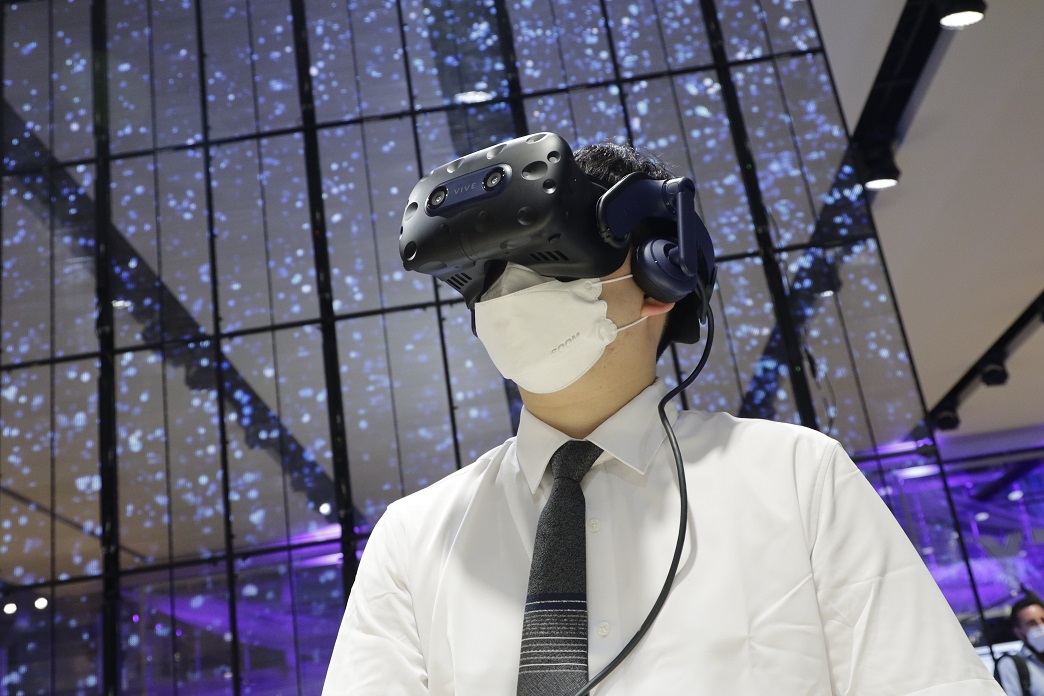
Photo: Aerial View of Shanghai Highway at Night
Grasping the opportunities of connected cars and aerial mobility
09 January 2024
Connected automotive and aerial mobility are now on the cusp of widespread availability, and will forever change transportation. Each offers hugely attractive commercial prospects, but these are coupled with formidable challenges that demand strategic and collaborative navigation. As both markets consolidate around optimal technologies, regulation and business models, organisations in these ecosystems must ensure they have the know-how and partnerships to ensure innovative, successful products.
Choosing the right partner for any mobility project is rarely free of complexity – but there is a route to making informed decisions with minimal ambiguity or delay. MWC Barcelona 2024’s Smart Mobility Summit is an event for influential investors, decision-makers and thought leaders from both conventional automotive and UAV organisations, as well as more horizontally-focused tech companies.
At a time when the transport and travel industries face dual demands for increased capacity and reduced emissions, the digital transformation imperative becomes inescapable. Addressing these challenges clears a path to major commercial growth, aligning with projections of substantial expansion for both. According to Custom Market Insights, the aerial mobility market had an estimated value of US$ 8.2 billion in 2022, and is expected to reach US$68.1 billion by 2032, with a compound annual growth rate of 35.2 percent over the decade. Projected growth in the connected cars market is similarly promising – Insider Intelligence forecasts that connected car drivers in the US alone will increase by 15.5 percent from 2023-2027 to 174.8 million people. These adoption rates, they claim, are greater than those for other major connected devices such as phones and TVs.
At the centre of this transformation are a range of mobile network technologies, such as 5G and network slicing, which are enabling new vehicular applications such as autonomous driving and piloting, and C-V2X. Moreover, the growing availability of other cellular technologies, such as 4G and LPWA, is creating a basis for transport networks that can be reliably connected anytime, anywhere. Deploying connected transport solutions – whether automotive or aerial – varies from region to region, relies on deep knowledge of available networks and technologies, and requires flexible adaptation to meet regional challenges and circumstances.
Insights, case studies and successful deployments will be detailed at the Connected Industries stage, which will feature a dedicated Smart Mobility Summit. The Summit will be led by the most influential and innovative companies and experts from across the globe, each providing unique perspectives. The Summit, which is sponsored by Accenture, TONOMUS, and AALTO, consists of three main sessions: the first explains how new mobile capabilities enhance cars with new, commercially ready, safe, and sophisticated features; the second covers recent advances and challenges in BVLOS drones; and the third discusses mid-to-long term transformation, addressing the role of NTN, electrification and the use of teleoperation and digital twins in future mobility applications.
With the Smart Mobility Summit hosting so many speakers crucial to the future of mobility, it’s the single best opportunity in the calendar to meet the right people and forge the right commercial partnerships. With both markets developing apace, it’s crucial not to be left behind. We encourage anyone from the sector interested in attending the Summit to register their interest. Access to Connected Industries can be obtained via any MWC pass – to register for MWC Barcelona 24, please visit: mwcbarcelona.com/passes.
Brought to you by:






